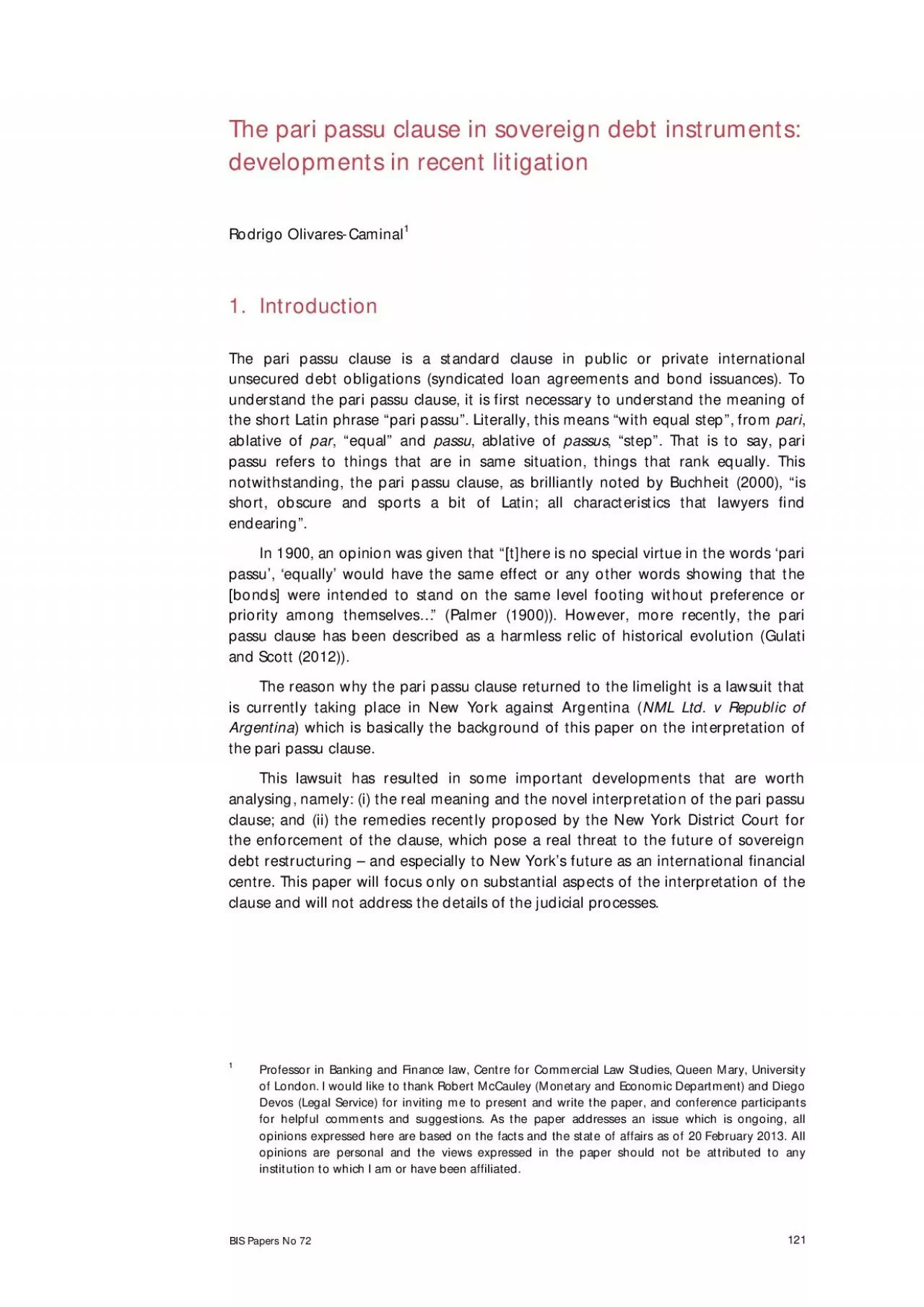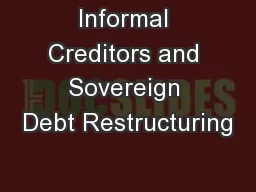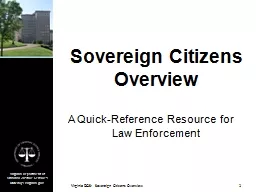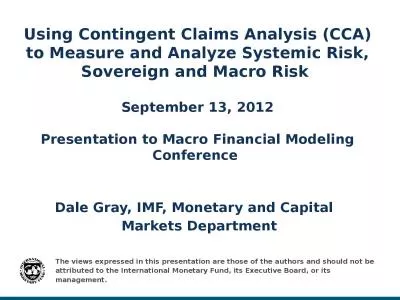PDF-The ari assu lausein sovereign debt instrumentsdevelopmentsin recent l
Author : mindeeli | Published Date : 2020-11-19
BIS Papers No 72 121 122 BIS Papers No 7 2 The ad hoc scenario and the use of contractual sweetenersCurrently there is no statutory regime to deal with a sovereign
Presentation Embed Code
Download Presentation
Download Presentation The PPT/PDF document "The ari assu lausein sovereign debt inst..." is the property of its rightful owner. Permission is granted to download and print the materials on this website for personal, non-commercial use only, and to display it on your personal computer provided you do not modify the materials and that you retain all copyright notices contained in the materials. By downloading content from our website, you accept the terms of this agreement.
The ari assu lausein sovereign debt instrumentsdevelopmentsin recent l: Transcript
Download Rules Of Document
"The ari assu lausein sovereign debt instrumentsdevelopmentsin recent l"The content belongs to its owner. You may download and print it for personal use, without modification, and keep all copyright notices. By downloading, you agree to these terms.
Related Documents














